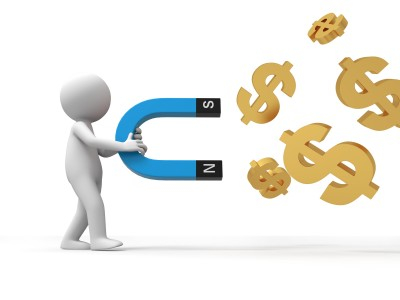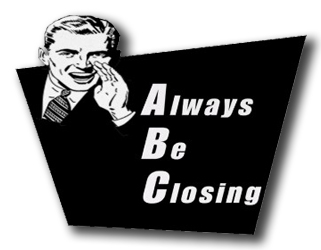We’ve all spent a big chunk of our life in formal learning environments, most commonly called schools! Over the course of a decade or two, we acquired a tremendous amount of knowledge — some of it useful, most of it not. Unfortunately, once we enter the working era of our life, our rate of knowledge acquisition falls off. This makes sense in that we are now expected to use this knowledge. But the really successful people in all walks of life never stop learning.
In training thousands of salespeople over the years, I’ve clearly seen that top performers are actually more open to learning new skills than average performers. How ironic!
There are 5 phases to learning. Take a look at the list and ask yourself, “What can I do to apply all 5 phases to a new selling skill?”
The Five Phases of Learning
Phase 1 — Commit to learn
- The learner must be motivated to learn and to change his or her
behaviour. During the central training experience, learning activities and media illustrate
how new skills, knowledge, and attitudes help learners address job-related issues and
achieve job-related goals. This phase succeeds when learners open themselves to new
possibilities and resolve to master and apply essential interpersonal skills.
Phase 2 — Assess current performance.
- A carefully crafted survey helps learners measure current
levels of knowledge and application of a key interpersonal skill. Recognizing their
own performance gaps further motivates learners and helps them focus effort in areas
for improvement. Post-training assessments measure recollection of training content
and skill use in the workplace.
Phase 3 — Acquire knowledge.
- Learners encounter the cognitive details of a distinct interpersonal
skill through presentation, reading, discussion, observation and analysis of realistic
examples, simulations, and other activities. Typical content includes environmental
cues that prompt skill use; a sequence of behavioural steps; relevant terms; examples of
use and absence of use; and tips, tactics, and pitfalls for each step.
Phase 4 — Develop competence through practice.
- The training of interpersonal skills requires
rehearsing with humans—the intended audience for the new skills—in order to achieve
competency. This real-time practice with another human being, whether face-to-face,
voice-to-voice or online, is essential to soft-skill mastery. In a safe setting, learners
rehearse the skill, receive constructive feedback, observe others using the skill and
offer constructive feedback. The goal of this is to develop baseline competence and
build confidence.
Phase 5 — Apply new learning.
- Integrating new skills into job interactions requires commitment.
A range of activities—discussions, testimonials, printable online planners, and others—
give learners the clarity and resolve to apply their knowledge and skills. Managers
of trainees can also reinforce and sustain skill application through coaching, recognition
of skill use and modelling the skills.







